Flatbed trailers are integral to various industries, providing versatile solutions for transporting goods across diverse terrains. At CarMax Vehicle, we specialize in manufacturing top-tier flatbed trailers tailored to meet the unique needs of our clients. One common question we encounter is, “How wide is a flatbed trailer?” This comprehensive guide delves into the dimensions of flatbed trailers, regulatory standards, customization options, and factors influencing their width to help you make informed decisions for your transportation needs.
Standard Width Specifications of Flatbed Trailers
Flatbed trailers come in various sizes, but understanding the standard dimensions is crucial for ensuring compliance with transportation regulations and optimizing load capacity. Typically, the width of a flatbed trailer is governed by regional regulations and intended use.
Regional Width Regulations
| Region | Maximum Allowed Width (in feet) |
|---|---|
| United States | 8.5 |
| Canada | 8.5 |
| European Union | 2.55 meters (~8.37 feet) |
| Australia | 2.5 meters (~8.2 feet) |
| Asia | Varies by country; often similar to US standards |
These standards ensure that trailers can navigate bridges, tunnels, and roadways without exceeding structural limitations.

Common Flatbed Trailer Widths
- Standard Width: Most flatbed trailers have a width of 8.5 feet, aligning with U.S. and Canadian regulations.
- Custom Widths: Depending on specific requirements, some flatbed trailers can be customized to widths slightly exceeding standard limits with appropriate permits.
- Narrower Trailers: For specialized applications, narrower trailers (e.g., 7 to 8 feet) are available, offering enhanced maneuverability in tight spaces.
Factors Influencing Flatbed Trailer Width
Several factors determine the optimal width of a flatbed trailer, ensuring it meets operational demands while adhering to legal constraints.
Cargo Type and Size
The nature of the cargo significantly impacts trailer width selection:
- Oversized Loads: Transporting large machinery or construction materials may require wider trailers with reinforced structures.
- Standard Goods: For regular freight, standard-width trailers are typically sufficient, optimizing load capacity and fuel efficiency.

Weight Distribution
Proper weight distribution is essential for safety and compliance:
- Uniform Load Spread: A wider trailer allows for a more uniform distribution of weight, reducing stress on the trailer structure and axles.
- Axle Configuration: The number and placement of axles are influenced by trailer width to maintain balance and stability during transit.
Maneuverability and Accessibility
The trailer’s width affects its ability to navigate various routes:
- Urban Areas: Narrower trailers are preferable in cities with limited space and frequent stops.
- Open Highways: Wider trailers can take advantage of extended lanes and straighter routes, enhancing speed and efficiency.
Customization Options for Flatbed Trailers
At CarMax Vehicle, we understand that one size does not fit all. We offer a range of customization options to tailor our flatbed trailers to your specific needs.

Adjustable Width Features
- Slide-Out Extensions: Expandable sections allow for adjustable width based on cargo requirements.
- Modular Design: Rearrangeable components enable flexibility in trailer dimensions and configurations.
Reinforced Structures
For wider trailers transporting heavy or oversized loads, reinforced frames and additional support beams ensure durability and safety.
Specialized Mountings and Tie-Downs
Custom mounting points and tie-down systems accommodate various cargo types, ensuring secure transport regardless of trailer width.
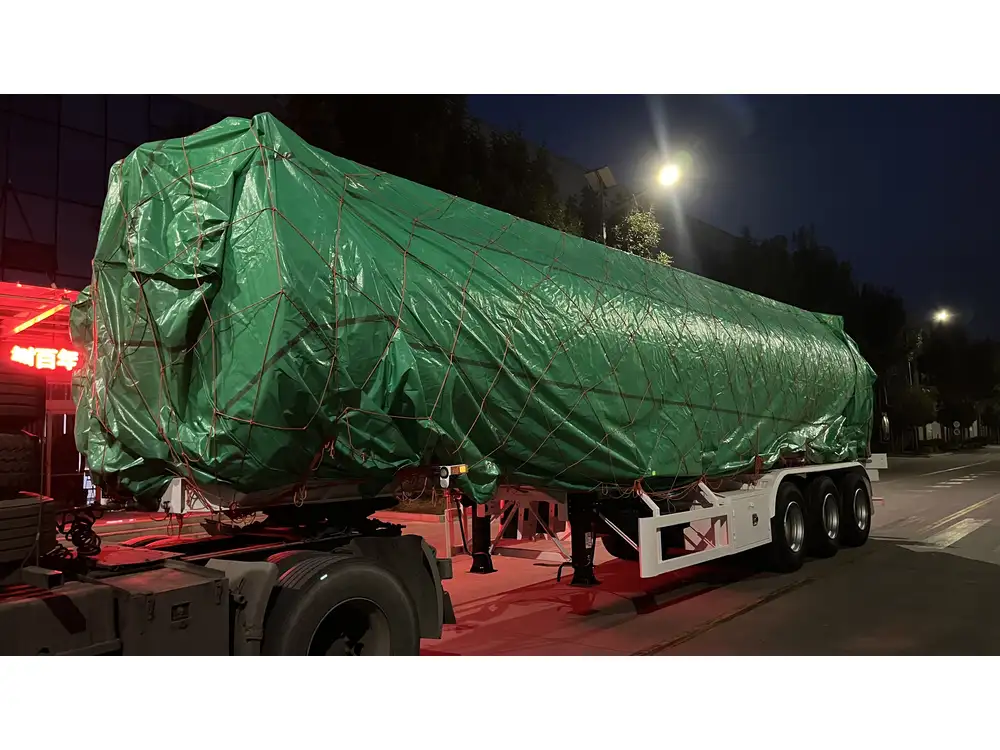
Benefits of Choosing the Right Flatbed Trailer Width
Selecting the appropriate width for your flatbed trailer offers multiple advantages:
Enhanced Safety
Compliance with width regulations minimizes the risk of accidents due to overhangs or improper load distribution.
Improved Efficiency
Optimizing trailer width maximizes cargo capacity while reducing fuel consumption and transit times.
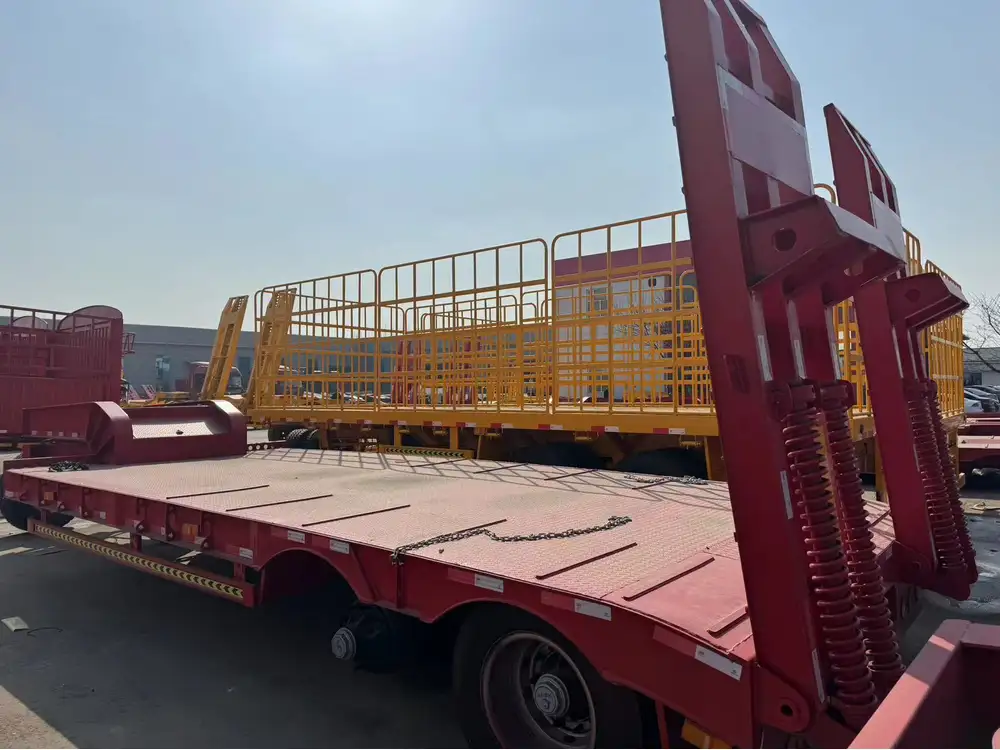
Versatility
A trailer with customizable width options adapts to diverse transportation needs, providing flexibility for different industries and cargo types.
Comparing Flatbed Trailer Widths: Standard vs. Custom
Understanding the differences between standard and custom-width flatbed trailers can help you make an informed choice.
| Feature | Standard Flatbed Trailer | Custom-Width Flatbed Trailer |
|---|---|---|
| Width | Typically 8.5 feet | Varies based on specific requirements |
| Regulatory Compliance | Pre-defined to meet regional standards | May require permits for wider widths |
| Cost | Generally more affordable | Higher cost due to customization |
| Flexibility | Suitable for most standard loads | Tailored for oversized or specialized cargo |
| Availability | Widely available from manufacturers | Requires specialized manufacturing |
Regulatory Compliance and Permits
Navigating the legal landscape is crucial when operating wider trailers. Exceeding standard widths often necessitates special permits and adherence to additional regulations.
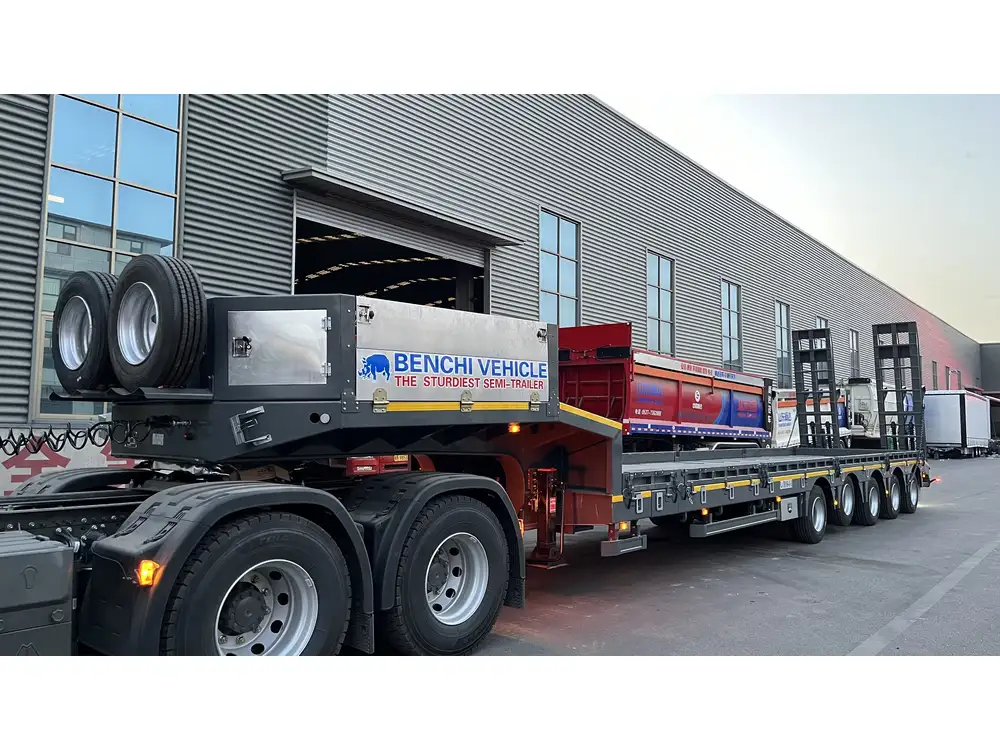
Obtaining Special Permits
For trailers exceeding standard widths, securing permits involves:
- Route Approval: Ensuring the planned route can accommodate the wider trailer without infrastructure conflicts.
- Time Restrictions: Scheduling transport during off-peak hours to minimize traffic disruption.
- Escort Requirements: Providing pilot cars or escorts for oversized loads to ensure safety on the road.
Penalties for Non-Compliance
Operating a trailer wider than allowed without proper permits can result in hefty fines, transport delays, and increased liability in case of accidents.
Maintenance Considerations for Wide Flatbed Trailers
Proper maintenance is essential to sustain the integrity and performance of wider flatbed trailers.
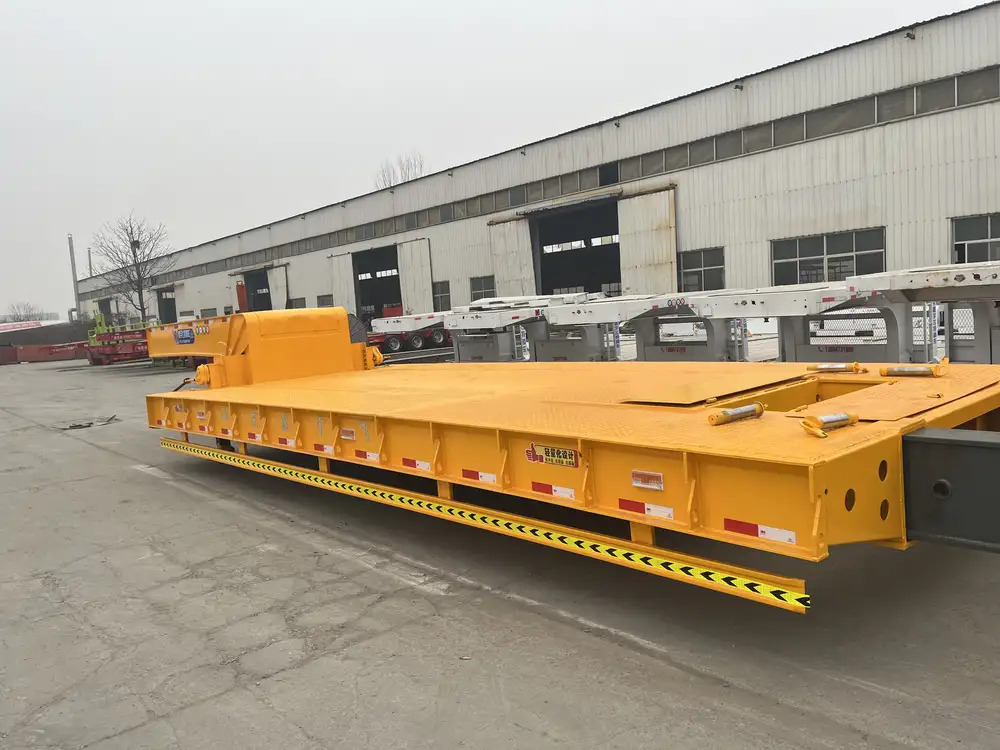
Structural Integrity
Regular inspections of the trailer’s frame and support structures prevent issues such as sagging or warping, which are more likely in wider designs.
Tire and Wheel Management
Wider trailers may require tires with specific load ratings and regular wheel alignment checks to ensure balanced weight distribution and safe handling.
Hydraulic Systems and Extensions
For trailers with adjustable widths, maintaining hydraulic systems and extension mechanisms ensures reliable and smooth operation during length adjustments.

Innovations in Flatbed Trailer Design
The flatbed trailer industry continually evolves, incorporating new technologies and design advancements to enhance functionality and efficiency.
Lightweight Materials
Utilizing advanced materials like high-strength steel alloys and aluminum reduces trailer weight without compromising strength, improving fuel efficiency.
Aerodynamic Enhancements
Design features such as tapered edges and anti-drag components minimize air resistance, contributing to better fuel economy and lower emissions.
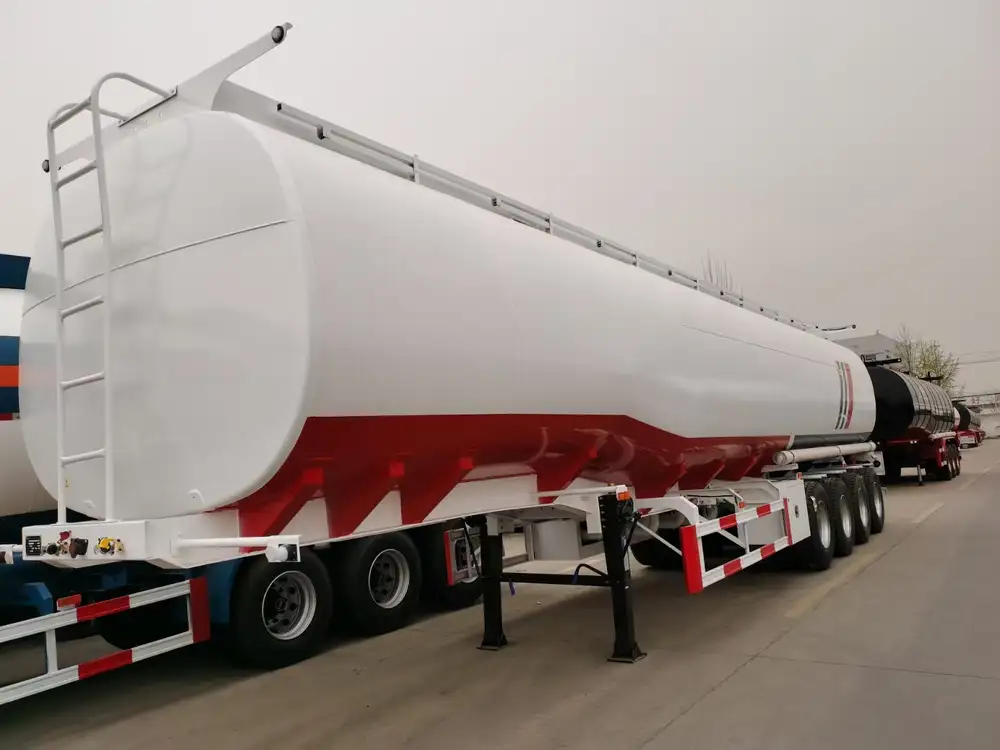
Integrated Technology
Smart trailer systems with GPS tracking, load sensors, and automated width adjustments streamline operations and enhance overall performance.
Choosing the Right Flatbed Trailer for Your Needs
Selecting the appropriate flatbed trailer involves assessing your specific transportation requirements and aligning them with the trailer’s specifications.
Assessing Load Requirements
Evaluate the size, weight, and nature of your cargo to determine the necessary trailer width and structural features.
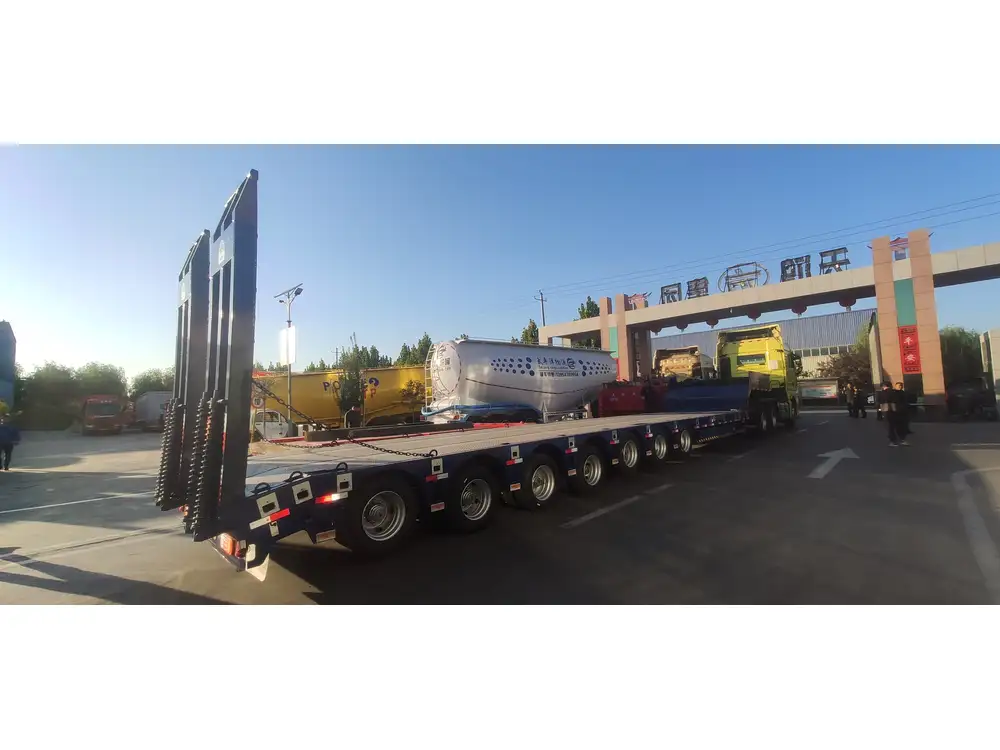
Evaluating Route Characteristics
Consider the routes your trailer will traverse, including road widths, bridge clearances, and urban versus rural settings, to ensure compatibility with trailer dimensions.
Budget and Investment
Balance the cost of acquiring and maintaining a wider trailer with the anticipated benefits in efficiency, capacity, and safety.
Partnering with CarMax Vehicle for Your Flatbed Trailer Needs
At CarMax Trailer, we are committed to delivering high-quality flatbed trailers that meet and exceed industry standards. Our expertise in manufacturing customizable flatbed trailers ensures that you receive a product tailored to your specific requirements, whether you need a standard width or a wider, specialized solution.
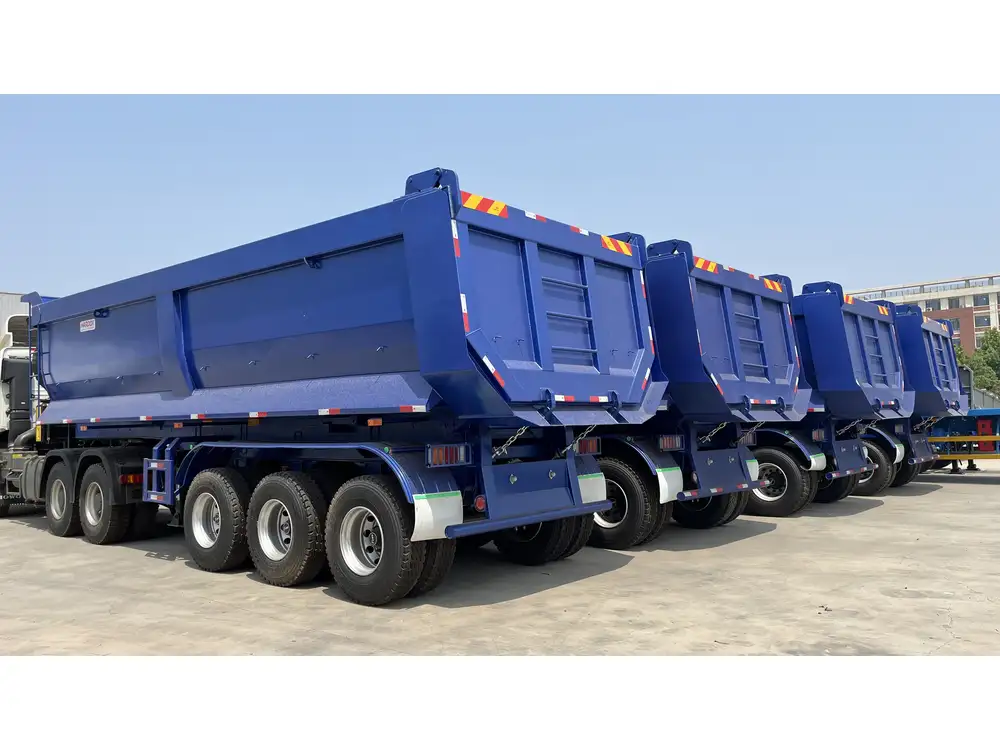
Comprehensive Customization Services
From adjustable widths to reinforced structures, our customization options are designed to accommodate a wide range of cargo types and sizes.
Quality Assurance
Rigorous testing and quality control processes guarantee that each trailer meets our stringent standards for durability, safety, and performance.
Dedicated Support
Our team of experts provides ongoing support and maintenance services, ensuring your flatbed trailer remains in optimal condition throughout its lifecycle.

The Future of Flatbed Trailers: Trends and Developments
The flatbed trailer industry is poised for significant advancements as technology and market demands evolve.
Sustainable Manufacturing Practices
Embracing eco-friendly materials and manufacturing processes reduce the environmental impact of flatbed trailer production.
Automation and Smart Technologies
Incorporating automation and smart technologies enhances trailer management, monitoring, and operational efficiency.
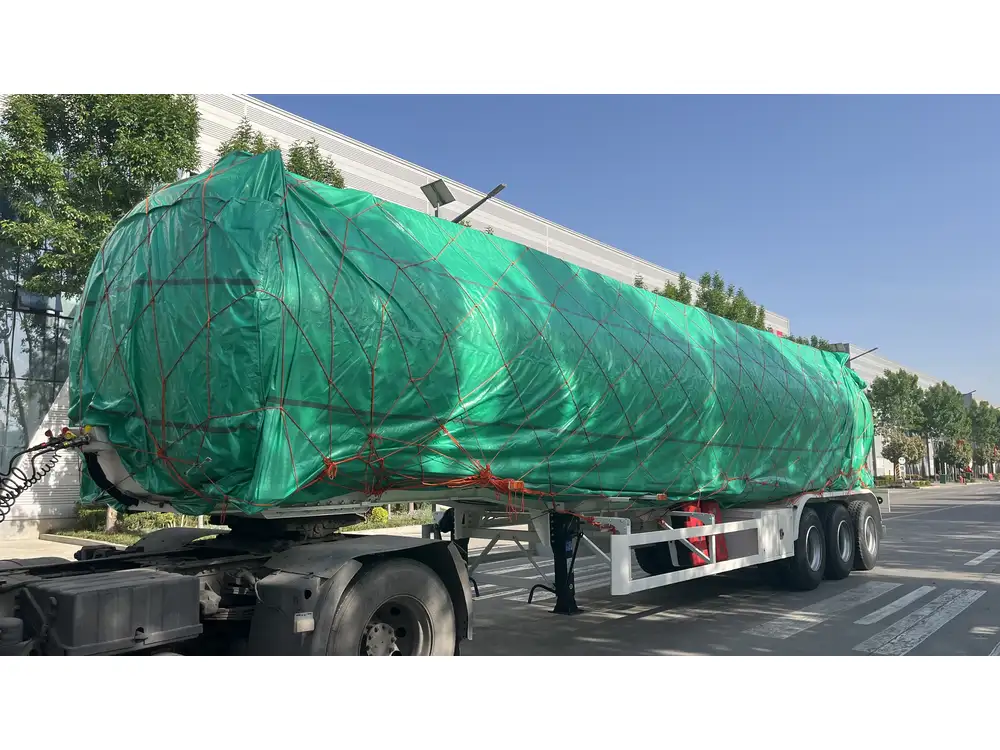
Modular and Adaptive Designs
Future flatbed trailers will feature more modular and adaptive designs, allowing for greater flexibility in accommodating diverse transportation needs.
Conclusion
Understanding the width of a flatbed trailer and the factors influencing it is essential for optimizing your transportation operations. At CarMax Vehicle, we offer a range of flatbed trailers designed to meet standard dimensions while providing customization options for specialized needs. By adhering to regional regulations, considering cargo requirements, and leveraging innovative design features, you can select the ideal flatbed trailer that ensures safety, efficiency, and versatility in your logistics endeavors.
Frequently Asked Questions
1. What is the standard width of a flatbed trailer in the United States?
The standard width of a flatbed trailer in the United States is typically 8.5 feet, aligning with federal and state transportation regulations to ensure safe and compliant road travel.
2. Can I customize the width of a flatbed trailer beyond the standard dimensions?
Yes, at CarMax Trailer, we offer customization options that allow for adjustable widths to accommodate oversized or specialized cargo. However, widths exceeding standard regulations may require special permits and route approvals.
3. What factors should I consider when choosing the width of a flatbed trailer?
Key factors include the type and size of your cargo, weight distribution requirements, the routes you plan to traverse, maneuverability needs, and budget considerations. Ensuring compliance with regional width regulations is also crucial.
4. How does trailer width impact fuel efficiency?
Wider trailers may experience increased air resistance, which can slightly reduce fuel efficiency. However, optimizing load capacity and weight distribution can offset some of these effects, leading to overall operational efficiency.
5. What maintenance practices are essential for wide flatbed trailers?
Essential maintenance includes regular inspections of the trailer’s structural integrity, tire and wheel management, upkeep of hydraulic systems and adjustable width mechanisms, and ensuring all components are in optimal working condition to maintain safety and performance.



